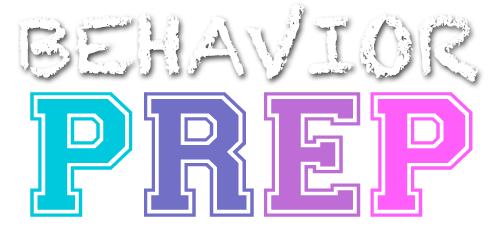G.14 Design and evaluate group contingencies
Group contingencies are behavior management strategies that involve providing reinforcement or consequences to a group of individuals based on the behavior of the entire group. This approach promotes collaboration, cooperation, and accountability among group members. There are several types of group contingencies that a BCBA can use. Here is a detailed description of each type and how a BCBA would utilize them, along with examples:
Independent Group Contingency
In an independent group contingency, each member of the group must meet the specified criterion or behavioral goal individually to earn reinforcement. The reinforcement is not contingent on the behavior of other group members.
Procedure:
- Set a criterion or behavioral goal for each group member to achieve individually.
- Reinforce each group member who meets the criterion or achieves the goal.
- Reinforce individual success regardless of whether other group members meet the criterion.
Example: In a classroom, the teacher sets a reading goal for each student to read a certain number of pages independently. Students who read the required number of pages earn a reward, such as extra free time or a small prize. Each student’s reinforcement is based on their reading achievement, regardless of the performance of other students.
Dependent Group Contingency
In a dependent group contingency, the entire group earns reinforcement based on the collective behavior of all group members. The reinforcement is contingent on the group meeting a specified criterion or behavioral goal.
Procedure:
- Set a criterion or behavioral goal for the group as a whole.
- Monitor and record the behavior of each group member.
- Reinforce the entire group if the collective behavior meets the criterion.
Example: In a classroom, the teacher sets a behavior goal for the entire class, such as following classroom rules or completing assignments on time. If the class as a whole achieves the goal, they earn a reward, such as a class party or a special privilege.
Interdependent Group Contingency
In an interdependent group contingency, the entire group earns reinforcement based on the combined individual efforts of all group members. The reinforcement is contingent on each individual meeting the criterion or behavioral goal.
Procedure:
- Set a criterion or behavioral goal for each individual within the group.
- Monitor and record the behavior of each group member.
- Reinforce the entire group if every individual meets their respective criterion.
Example: In a therapy group, each participant has an individual target behavior to work on, such as staying focused during activities or taking turns in conversations. If every participant meets their target behavior, the entire group earns a reward, such as engaging in a fun group activity or receiving positive feedback.
BCBAs can use group contingencies to promote positive behavior change, foster cooperation, and create a supportive group environment. The choice of the group contingency type depends on the specific goals, context, and characteristics of the individuals involved. To maintain the effectiveness of the group contingency, the BCBA must clearly define the criteria for reinforcement, monitor progress, and provide consistent and timely reinforcement.
